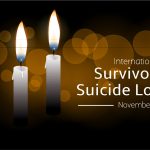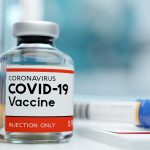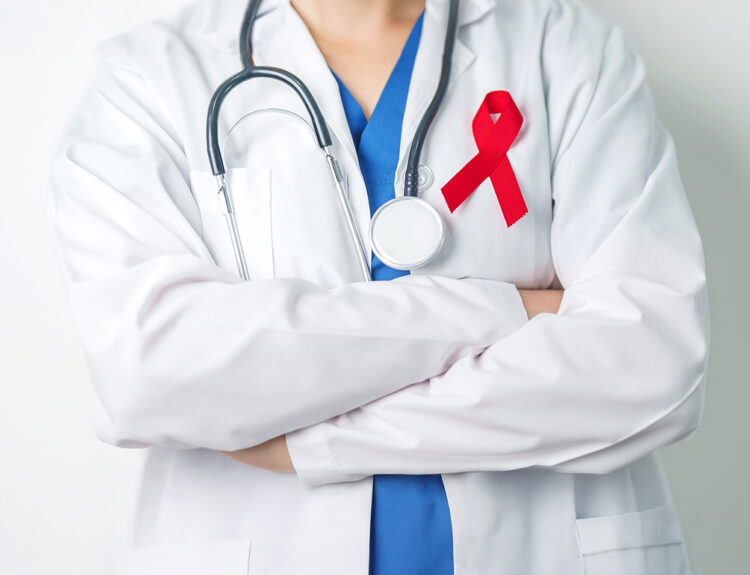In the year of a viral pandemic, Human Immunodeficiency Virus (HIV) infection remains to be a stigma that has to be lived through by the afflicted. The previous year was concluded with about 38 million patients carrying the burden of the having HIV, and are at risk of developing Acute Immunodeficiency Syndrome (AIDS), not counting the part of the population that has not been tested yet for HIV screening [1]. An estimated 690,000 people perished due to the complications of HIV, and around 1.7 million newly acquired infection was recorded [1]. While the battle seems difficult now as the goal for 2020 to increase the access for HIV treatment has not been reached, the current generation of researchers has continued their efforts to develop advancements in diagnosis, treatment, and prognosis of HIV patients [2]. But before this, what should we as responsible citizens should know about HIV and AIDS?
What are the myths we need to debunk about HIV and AIDS?
As HIV attacks the human immune system, by compromising the CD4 cells, the body’s defence against infections is blunted, thus putting them at risk of having AIDS. While these have been proven already, the general audience cannot help but to still formulate questions regarding this.
“If I kiss an HIV positive individual, can I get sick too?”
No. Though traces of HIV has been detected through saliva, these are components that are not infectious in nature, and thus rarely cause transmission. However, it is essential to note that any breakage within the oral mucosa can allow entry for infectious bodily fluid from an infected partner [3]. This is also the reason why sharing cutlery cannot transmit HIV, as well as being bitten by an insect, sharing toilet seats, or even mere touching.
“My life partner is HIV positive. Does it guarantee that I’ll be infected too?”
No. Upon diagnosis of HIV infection in a married or committed individual, the doctors advise their patients to have their partners tested as well, and there is still a possibility that the partner is not infected. For non-infected partners, they must then follow precautions for sexual contact, in order to prevent transmission of the virus, while maintaining an intimate relationship with your loved one [4].
“I’ve been employed in the industry found to have many HIV positive individuals. Does it mean I will be infected too in the near future?”
No. Transmission of HIV is through the exchange of bodily fluids, such as sharing and reusing of hypodermic needles for illicit drug use, unprotected sexual intercourse, and blood transfusion of infected blood from an HIV positive individual. As long as there is no exchange of bodily fluids and the precautions for safety from sexually transmitted infections are followed, then safety is more likely guaranteed in these individuals.
These are just among the most frequently asked questions of individuals about HIV infections. As responsible citizens, we must never stop being informed about these issues. While the general mass should strive to be informed, what are the updated from the specialists? Are we looking to having a cure for HIV?

What are the updates about the latest HIV diagnostic and treatment studies?
For people who suspect that they have had an unprotected exchange of body fluid with an infected, HIV testing can be done within two to six weeks after suspected transmission to ensure the presence of HIV. A 4th generation antigen and antibody combination examination can be done, which can determine if the patient is in a highly infectious acute stage. A p24 test can be done as well, which detects HIV antigen [5]. For AIDS diagnosis, a positive yield of HIV antibodies or antigen can be done, along with testing for the CD4 T cells of lower than <14% [5].
For treatment, A combination of two nucleoside reverse transcriptase inhibitors (NRTI)s can be given such as Abacavir and Tenofovir, all of which can lower the viral load of the patient, in addition to non-nucleoside reverse transcriptase inhibitors (NRTI)s, such as Efavirenz. Single tablet regimen has been utilized as well harbouring the mechanism of action of different approaches from varying family of drugs, while an individualized treatment is advised for patients who have their own comorbidities. In addition to the standard used antivirals, new pharmacological treatments are now approved to take over the multiple dosages of drugs from earlier. These new agents included Doravirine, Cabotegravir, Ibalizumab, and Fostemavir.
Conclusion
With the newly equipped health care professionals, the future population are looking into more hopes of living safely from HIV, while those who are infected can look forward to a better life. Up to last year, an increasing number of patients at about 26 million patients have access to antiretroviral therapy, which gradually increased from the past few years [1]. This goes to show that the plans of the specialists, as well as the charitable distributors, get to reach their needs from the respective communities.





